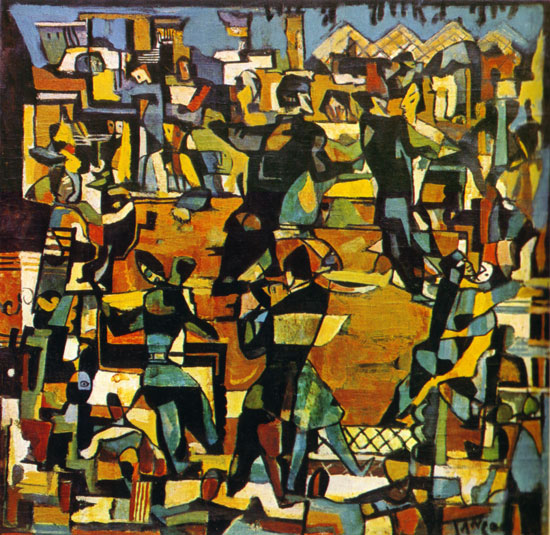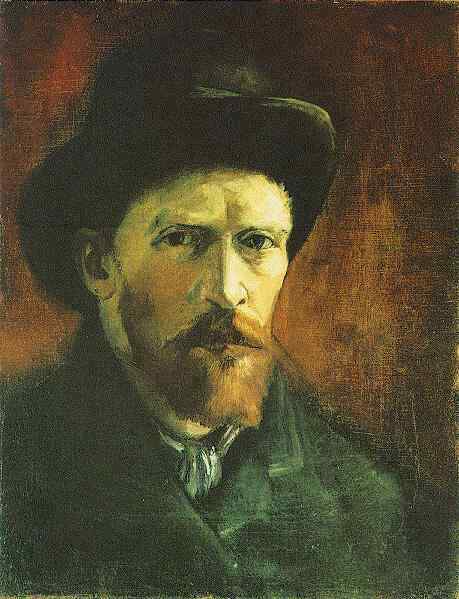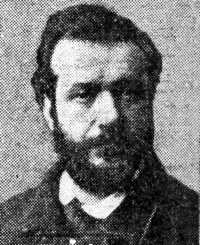As a movement it had been influenced also from different areas like interior design, industrial, graphical design, fashion, jewelry and architectural.They also been influenced from visual art in painting, graphic design and film. The world Art Deco came from an exhibition in Paris that was Les Arnnees - so from that title they came with Art Deco. Now a day can also call it art mondernes. This art represent elegance, Functional and modernity. It has liner symmetry with a distinct following in a asymmetrical organic curves, like the Art Nauveau. They had been influenced in the early Twentieth century, from neoclassical, deconstructionism, cubism, modernism and also ancient Egyptian design. There where a lot of art movements that they had decorative designs where inspired also in Art Deco. This movement in thd hae 1980s had been even more important and had also more influence on other different styles.

Art Movements - Art Deco. 2013. Art Movements - Art Deco. [ONLINE] Available at: http://pinterest.com/thebigmachine/art-movents-art-deco/. [Accessed 21 May 2013].

















